How the hurdy-gurdy went hardcore
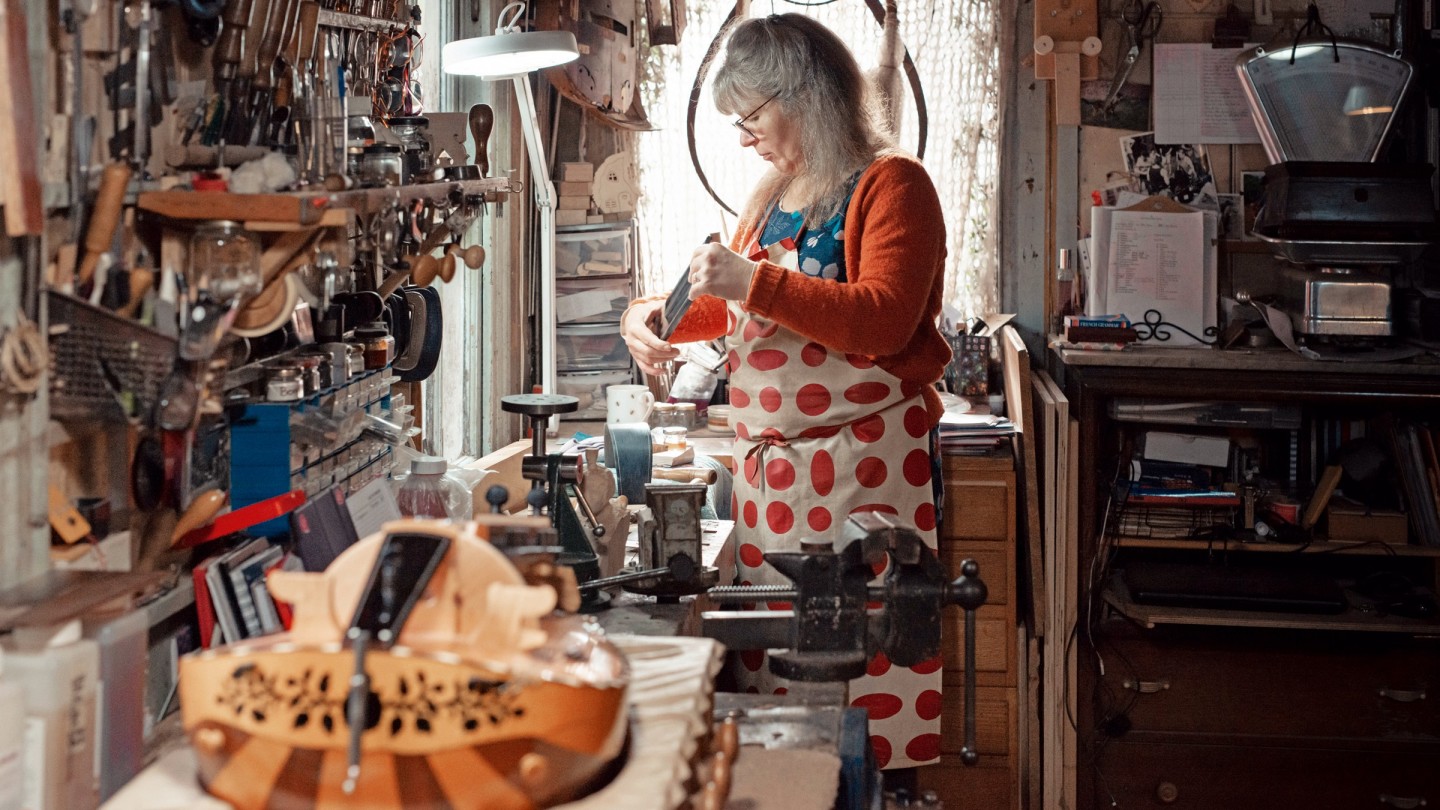
Roula Khalaf, Editor of the FT, selects her favourite stories in this weekly newsletter.
The hurdy-gurdy has enjoyed an unlikely revival in recent years. Dating back to the 10th century, it first enjoyed spells as a church and then a court instrument. It was immortalised in Hieronymus Bosch’s late-15th/early-16th-century Garden of Earthly Delights, where a gigantic hurdy-gurdy features in a grotesque scene involving a musical score printed on a character’s buttocks. And it fell out of favour in the 19th century, when the rise of the accordion – which could be mass-produced – all but finished it off. It was dealt the final insult in the ’60s when Scottish singer-songwriter Donovan’s psychedelic hit “Hurdy-Gurdy Man” did not even feature it. But in recent years, its siren song has proven a good fit for epic soundtracks, including the 18th-century pirate drama Black Sails, and it has found favour with artists outside the traditional folk scenes. The Canadian alt-rock group Arcade Fire helped popularise it, while the folk-metal scene in central Europe has adopted it to produce a neo-gothic ambience. It’s also an unlikely hit on YouTube.
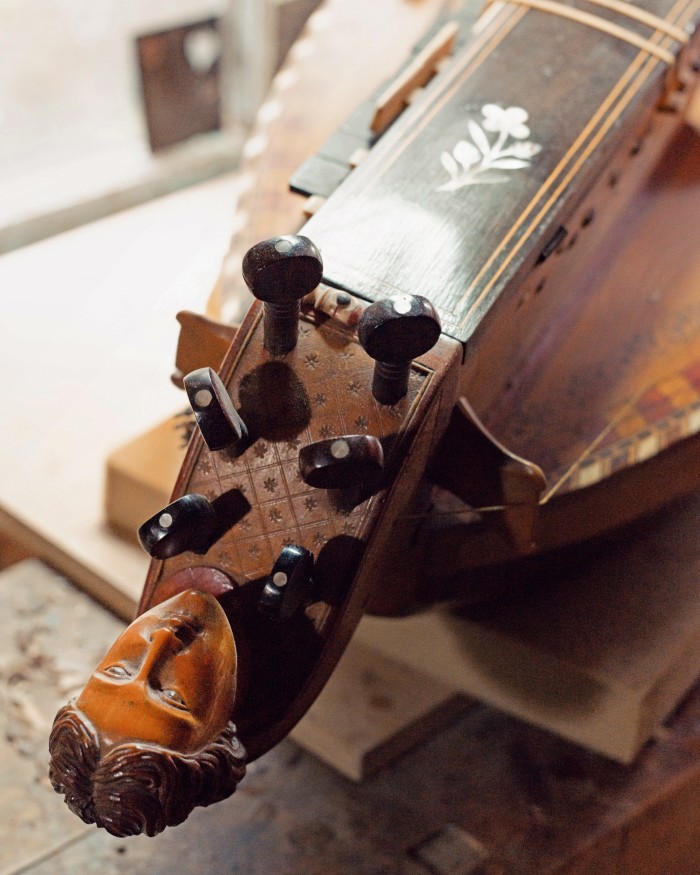
The hurdy-gurdy is the duck-billed platypus of instruments. It has strings but you don’t pick or strum them. It is instead operated by a crank as if you were trying to start a Ford Model T. The sound is produced by a wooden wheel that is turned via a crankshaft, and the droning noise that emanates is closer to that of a bagpipe than a guitar or lute. A decade ago, I set out to buy a one but it proved nigh-on impossible to find, never mind buy, in London’s then thriving Tin Pan Alley.
Indeed, it is rare to happen upon an old hurdy-gurdy in the UK, even at flea and antique markets. Yet the wheel-fiddle’s specialist makers have never been busier. There has been strong demand for musical instruments since the first lockdown in March – Gear4Music, the UK’s largest online instrument retailer, saw an 80 per cent increase in sales in its home market between April and June – and the makers of medieval and baroque instruments have enjoyed their own renaissance. Paul Hathway, who makes ancient and medieval instruments including citterns, psalteries and a baroque guitar, says he’s had a lot of orders this year: “My main problem has been not having enough time to keep up with demand.”
“It is the new golden age of the hurdy-gurdy,” agrees Claire Dugué, who has a workshop in Ramsgate and is also among the handful of luthiers who specialise in hurdy-gurdy making. She had two orders cancelled when lockdown started. Yet within two days she had four new commissions. Chris Allen, who has made the instrument with his wife Sabina in Merthyr Tydfil in Wales for three decades, also says that the lockdown has lured many new potential buyers. Some believe they now have the time to learn the instrument – which professional players describe as akin to patting your head and rubbing your stomach at the same time. Others – having scrolled through YouTube and discovered tattooed women playing heavy-metal riffs on their hurdy-gurdies – want the same medieval wow factor.
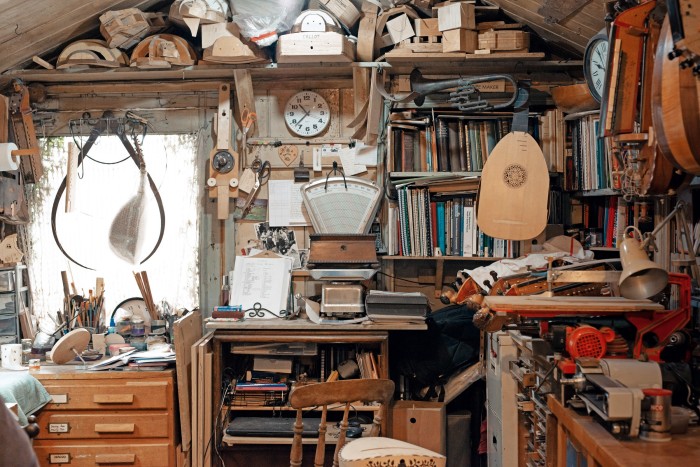
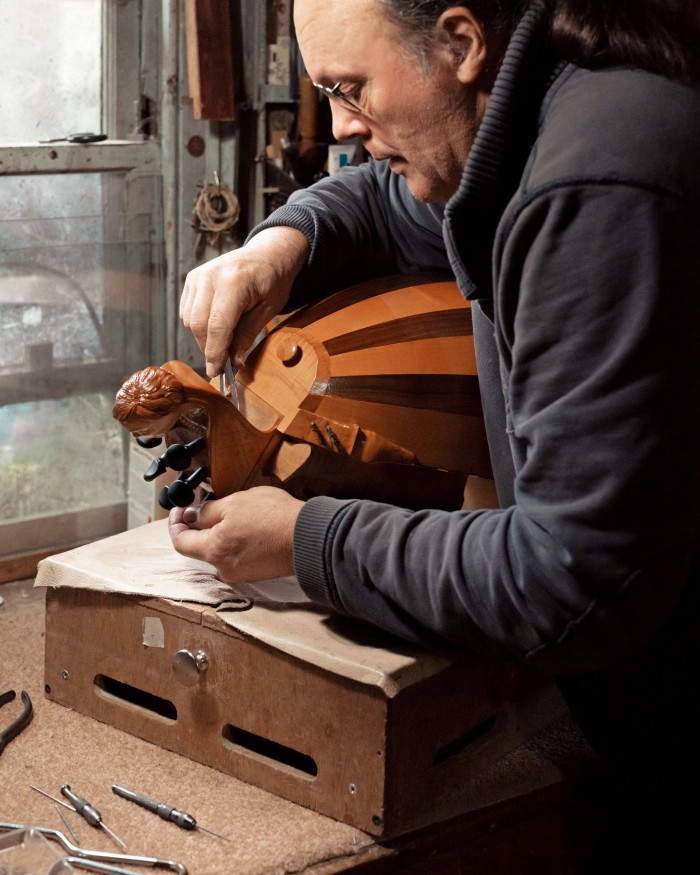
It costs between £2,000 and £10,000 to buy an instrument, and it can take between two and five years for a luthier to deliver one after it has been ordered. Allen started as a lute maker but was drawn to the more gregarious hurdy-gurdy, which is far more challenging to make. His ornate models are created in the traditional French-court style – similar to the kind you would find in museums and conservatoires. They contain around 350 components, crafted from the same wood, metal and bone materials used more than 250 years ago.
Progress is also slow in Ramsgate as Dugué carves and shaves various types of wood – spruce, red cedars, ebony, cherry and poplar – for different models, while her husband Kai, a guitar and mandolin maker, spends hours polishing a gurdy that is near completion. Dugué works with players to tweak the instruments and also adds modern technology such as amplifiers. In Ramsgate, I tried one of her Soprano Do-libre models and didn’t know where to start. Unlike a guitar or piano, the “black” keys on the keyboard were perpendicular to the “white” keys, which meant my fingers had to dance like a daddy long-legs to tap out a melody as I turned the crank. The sound, however, was still haunting.
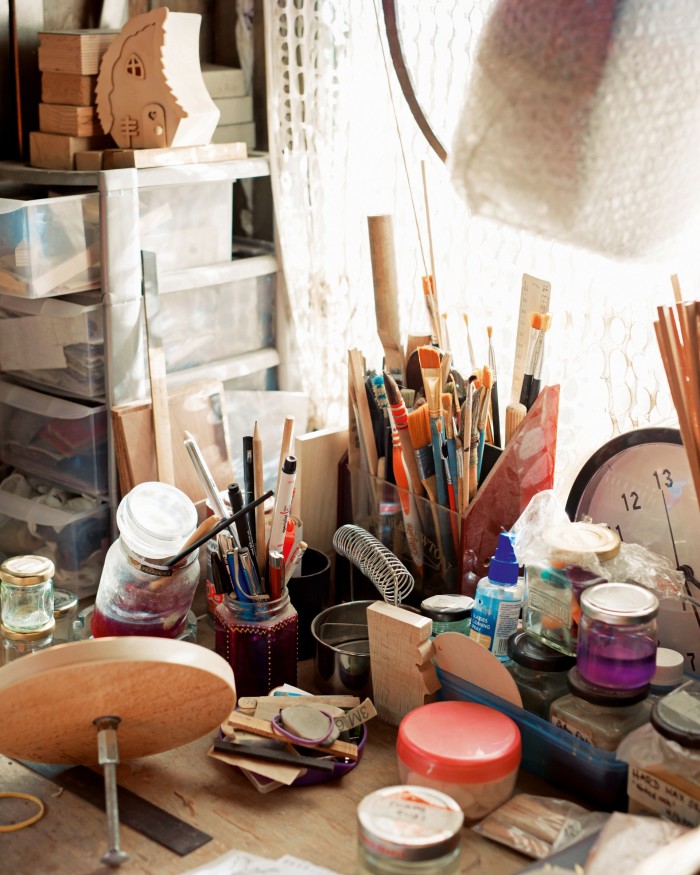
Scott Marshall, one of the UK’s best players, warns that people bitten by the hurdy-gurdy can become so obsessive that it will likely displace other instruments. “You have to commit completely,” he says. Potential players like me who may struggle to master the instrument also have to consider their surroundings before droning on. “I always ask my customers if their neighbours have firearms,” jokes Allen. “I am proud of my 100 per cent survival rate.”
Comments